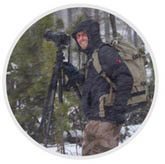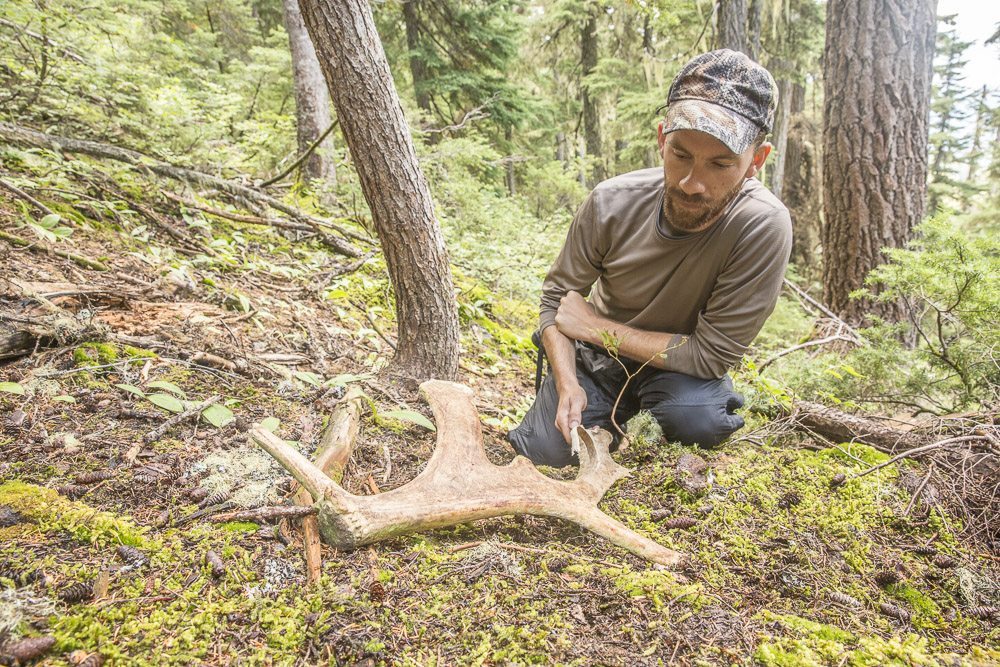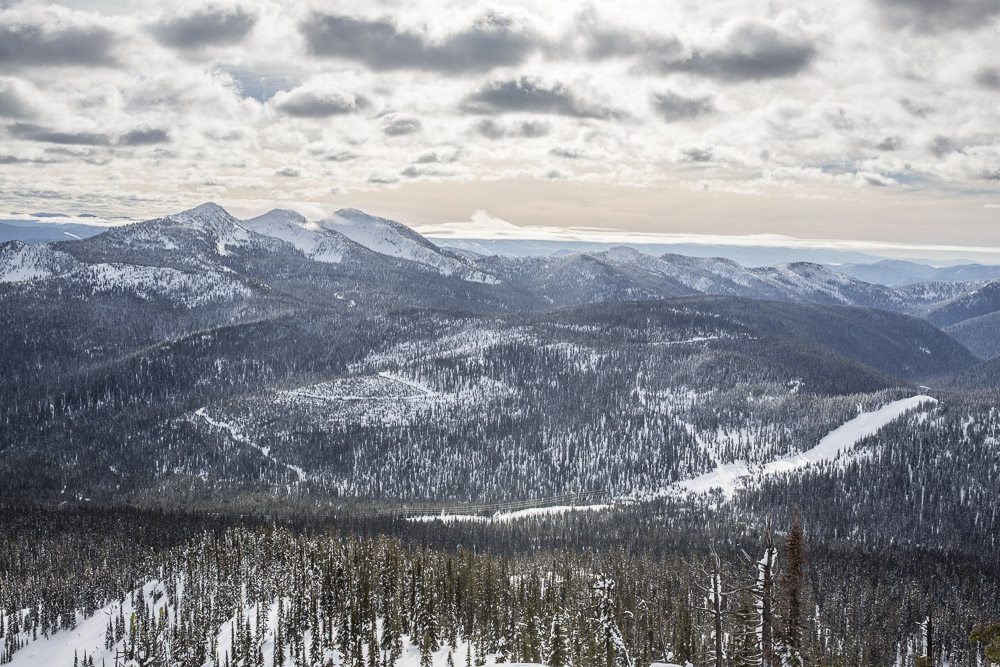 Story and pictures by David Moskowitz, team leader of the Mountain Caribou Initiative.
Story and pictures by David Moskowitz, team leader of the Mountain Caribou Initiative.
David is a biologist and the author of two books, Wildlife of the Pacific Northwest and Wolves in the Land of Salmon. David has contributed his technical expertise to a wide variety of wildlife studies regionally and in the Canadian and U.S. Rocky mountains, focusing on using tracking and other non-invasive methods to study wildlife ecology and promote conservation. Support the Mountain Caribou Initiative on Kickstarter here.
When I decided to spend last July exploring the world of Mountain Caribou in northeastern Washington and the interior of British Columbia, I thought I understood the basics of the challenges this beautiful creature is facing in the modern world. Despite this, as I have delved deeper into this story, the complexity of the ecological, economic, and ethical dilemma we humans have created in this remote and beautiful ecosystem is truly staggering. Never before have I attempted to unpack a conservation conundrum as knotty as this one, with so much unknown about the prospects for success even in the best case scenarios. With an introduction like this, you might suspect this is an easy story to get depressed about. But, the conservation conundrum we face with mountain caribou and their mountain rainforest home also is an amazing opportunity for us as a culture to step into a new way of looking at conservation, one fitting the problems and possibilities of the 21st Century.

We live in a world and a time where borders and boundaries are becoming more permeable or functionally disappearing all together in how conservation issues are manifesting, posing challenges to systems that were defined by these distinctions—the regulations of one nation or another; the protection of an individual species with consideration for the ecosystem they live in only as it pertains to the animal; dealing with human economics and management of natural systems and services as separate tasks; the parsing of the local impacts of a local project without the ever broadening global context of all of our species actions; and ultimately, the separation of human and wild, developed and wilderness.
With the support of a number of forward thinking conservation groups such as Wildsight and Conservation Northwest, over the past nine months (and continuing in the months to come), my team and I have been working on unpacking the complicated story of mountain caribou, their relationship to the mountains and rainforests they call home, and their relationship with the odd primates that share this planet with them.

Starting this summer, we will be releasing a wide variety of educational resources, magazine stories, photo essays, slideshows and videos with the intention of both inspiring engagement with the specific challenges of this conservation story but also helping to chart a new vision forward for conservation in the 21st century. A vision that recognizes community investment and dialogue as central to success. One that is founded on our best understanding of the actual situation on the ground. One that is both aspirational and pragmatic, respectful yet challenging. One that faces the reality of the challenging road ahead of us as a planet with curiosity, optimism and confidence. We have a lot of work ahead of us to protect the biodiversity and natural heritage of our region. The ongoing struggle to turn the tide for endangered mountain caribou is a struggle not just for this unique creature but also for a new way of taking on conservation challenges in our quickly evolving times. Stay tuned for images and stories from the field, opportunities to help bring this story to your community and bring the power of your community to bear on this story.
Find out more about this inspiring project, including video and photos on the Mountain Caribou Initiative Kickstarter page.



